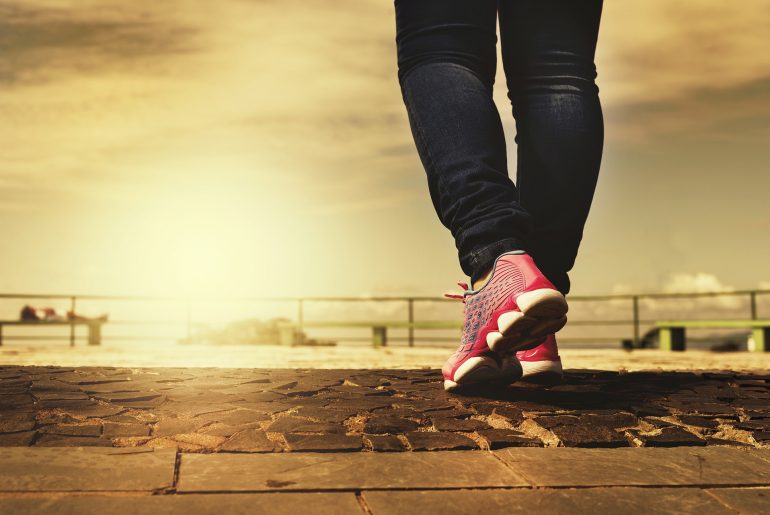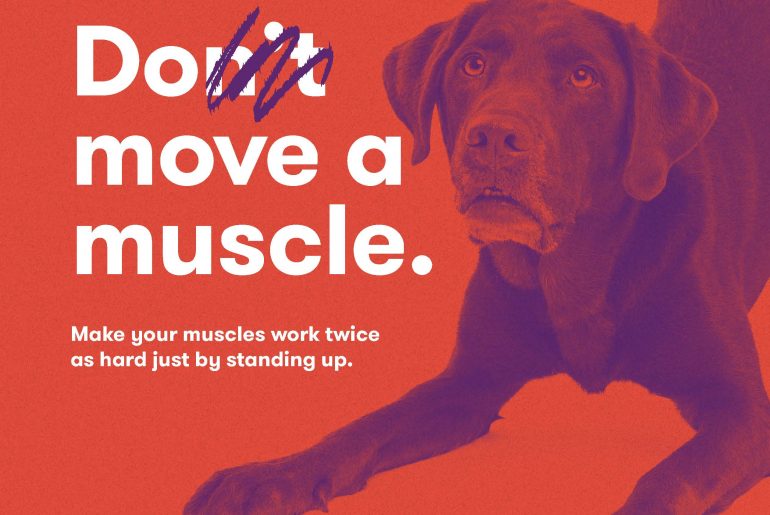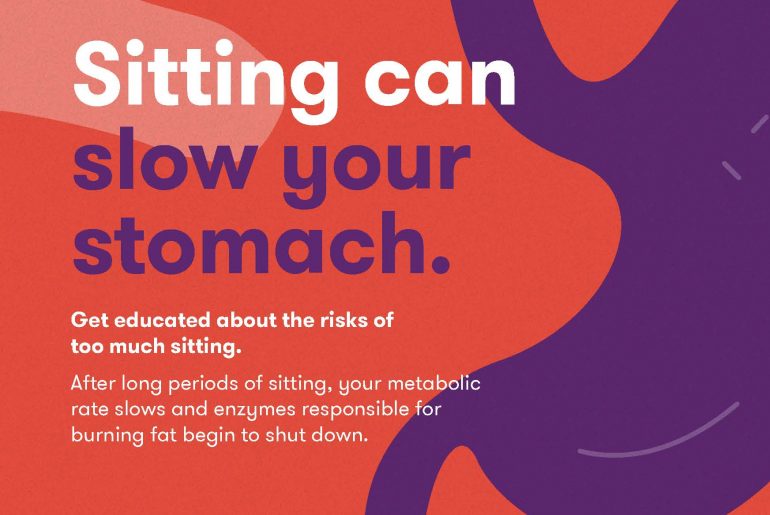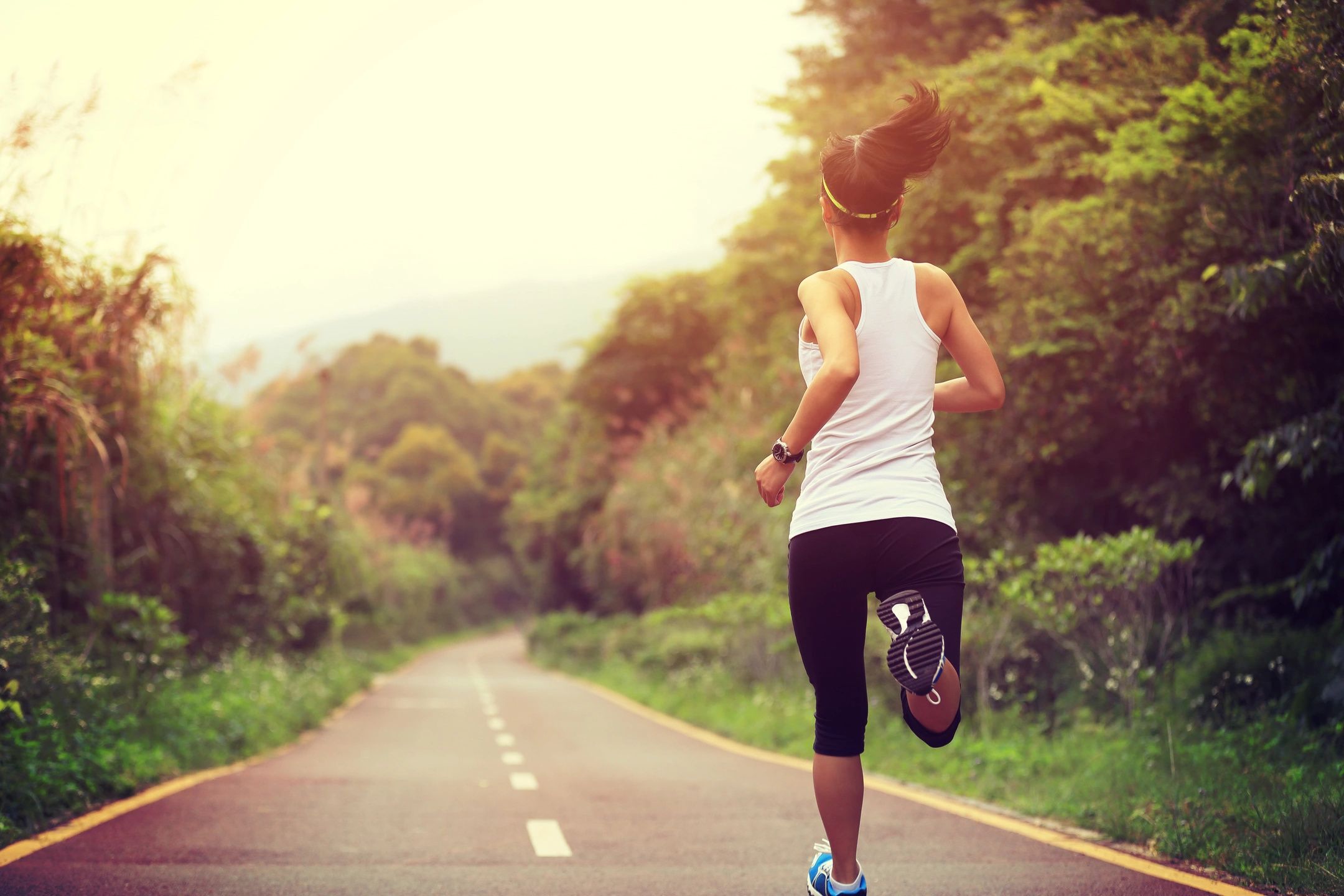It takes no large leap of the imagination to see that the human body was not shaped for a life in an office chair, car, or couch. Our ancestors were habitual movers constantly engaging in mild to moderate exercise. That is all well and good you may say, but as westerners with lives dominated by sedentary behaviour exercise must be supplemented back into our lives. A recent meta-analysis on movement lays out guidelines for a “Goldilocks” zone of exercise for maximal health benefits. This approach bestows maximal benefit with as little as 50 minutes per week (equivalent to running just 5-6 miles). The study emphasised diminishing returns from daily high aerobic exercise in favour of more frequent low to moderate exercise such as walking or yoga. The study references of cohort of daily endurance athletes over the age of 45 who were measured to have an increased risk for cardiovascular events as compared to those with a more moderate activity profile. Key Take Aways: Sitting should be limited to 30 minutes at a time punctuated by a “brisk” 5 minute walk Use a sit-standing desk when possible to alternate postures regularly There is no upper limit for mild to moderate…
Health Benefits of Urban Green Spaces
A recent article from the BBC contained a shocking statistic that the average American spends “90% of their time indoors.” Though only a survey of the United States, it’s not hard to imagine that across the globe westerners are similarly confined to our homes or places of work. But why should this matter? The author Phillipa Fogarty cites decades of research summing up how time spent outdoors has beneficial impacts on our blood pressure and mental wellbeing while also making us happier and more engaged at work. All we need to do is spend time walking or moving in nature. But before you pack your bags and head for the hills, there is evidence that the same benefits can be gained from just five minutes. The article goes on to say that when compared to indoor “relaxation” training or having a view of the outdoors, the benefits of time outdoors are greatest with short daily walks. So spend a few minutes in a local park on your way to work, as a group as part of a BeUpstanding team, or on your lunch break and bring the benefits of the great outdoors into your own backyard. This article was written…
Do move a muscle
It is hard to imagine too many situations in the office where you would need to freeze and not move a muscle. Hence – our week 4 poster invites BeUpstanding participants to “do move a muscle”, and to do so regularly throughout the day. But what are the benefits of doing this? When we are seated, our large postural muscles in our legs do not have to work very hard. However, just by standing up, muscle activation can increase substantially. For example, one study in 84 middle aged volunteers from Finland were asked to wear special shorts that measured the electromyographic (EMG) or muscle activity of their quadriceps and hamstrings. They were asked to do a number of activities (lying down, standing, sitting, squatting, stair climbing, walking, running) as well as a maximal isometric voluntary contraction (MVC) – a standard test for measuring muscle strength. The EMG activity of each of the tasks was then compared to what the participant achieved during the MVC. When sitting, participants thigh muscles were only activated at about 1% of their maximum. This increased to 2.5% just by standing, about 10-12% by walking, and a substantial 22-25% by squatting or climbing up stairs. In…
Sitting can slow your stomach – Part 1
Have you ever experienced stomach pains, discomfort, or indigestion after sitting too long at your desk? While exercise has long been anecdotally thought to influence digestion, more recent research has been exploring the impact of physical inactivity on digestion. This post will explore some ways exercise and inactivity influences your gut, as well as the implications for your health. But first, what does it mean to say that sitting “slows your stomach?” One way to consider it would be gastric emptying, or the movement of stomach contents into the small intestine (how quickly food leaves the stomach). Another possibility is gastrointestinal transit time, which is the time it takes something you eat to move from your mouth through your entire gastrointestinal tract. Both these definitions have been linked to physical activity and inactivity, as have health outcomes such as constipation and colorectal cancer. How physical inactivity slows your stomach: When you aren’t moving, your gut isn’t moving much either. An extreme example can be seen in people who are confined to bed or held immobile. Hospital inpatients are another population at risk of prolonged physical inactivity, and increased rates of constipation are seen in this population. However it can be…
“Sit less—move more and more often”: all physical activity is beneficial for longevity
This article was originally published in the BMJ Opinion on 21st August 2019. New research shows that any level of movement decreases risk of premature death, so get moving say Ulf Ekelund and Thomas Yates It is well established that physical activity of a moderate or vigorous intensity (such as brisk walking) is good for your health. More recently, it has also been shown that people in contemporary societies are spending the majority of their day sitting, and that this prolonged sitting is also linked to an increased risk for many chronic diseases and premature death. Current physical activity recommendations, including those recently updated for the US, suggest that at least 150 minutes per week of moderate intensity physical activity is needed to keep healthy and that prolonged sitting should be avoided. However, how much sitting is too much? This is not specified and is widely debated. In addition, are levels of physical activity below those recommended still beneficial for health and does light intensity physical activity still count? Answering these questions have huge relevance for health promotion. We performed a study to address these questions. Our results suggest strong associations between total physical activity and the risk of dying.…
An Exercise Regimen Everyone Can Squeeze In
The following article was written by Emmanuel Stamatakis and published in The Conversation on the 21st February 2019. Have you recently carried heavy shopping bags up a few flights of stairs? Or run the last 100 metres to the station to catch your train? If you have, you may have unknowingly been doing a style of exercise called high-intensity incidental physical activity. Our paper, published today in the British Journal of Sports Medicine, shows this type of regular, incidental activity that gets you huffing and puffing is likely to produce health benefits, even if you do it in 30-second bursts, spread over the day. In fact, incorporating more high intensity activity into our daily routines – whether that’s by vacuuming the carpet with vigour or walking uphill to buy your lunch – could be the key to helping all of us get some high quality exercise each day. And that includes people who are overweight and unfit. What is high intensity exercise? Until recently, most health authorities prescribed activity lasting for at least ten continuous minutes, although there was no credible scientific evidence behind this. This recommendation was recently refuted by the 2018 US Physical Activity Guidelines Advisory Report. The new…
How Much Do Sedentary People Really Need To Move? It’s Less Than You Think
The following article was originally posted by the Conversation on April 23, 2019 and was written by Emmanuel Stamatakis, Joanne Gale, and Melody Ding. People who spend much of their day sitting may need to move around less than we thought to counteract their sedentary lifestyle, new research shows. Our research, published today in the Journal of the American College of Cardiology, found about 20-40 minutes of physical activity a day seems to eliminate most health risks associated with sitting. That’s substantially lower than the one hour a day a previous study has found. We spend almost all our waking day sitting, standing, or moving. The health impact of each one of these can be complex. For example, too much standing can lead to lower back problems and even a higher risk of heart disease. But sitting for too long and not moving enough can harm our health. Then there are people who sit for many hours and also get in reasonable amounts of physical activity. For example, someone who has an office job but walks to and from work for 20 minutes each way and runs two to three times a week easily meets the recommended level of physical activity. While we know moving is better than…
Global Action Plan on Reducing Physical Inactivity
The World Health Organisation (WHO) has recently released a Global Action Plan on physical activity with the aim of reducing physical inactivity by 10% by 2025, and by 15% by 2030. To support this goal they have developed 4 main objectives: Create active societies: “Create a paradigm shift in all of society by enhancing knowledge and understanding of, and appreciation for, the multiple benefits of regular physical activity, according to ability and at all ages.”1 Create active environments: “Create and maintain environments that promote and safeguard the rights of all people, of all ages, to have equitable access to safe places and spaces, in their cities and communities, in which to engage in regular physical activity, according to ability.”1 Create active people: “Create and promote access to opportunities and programmes, across multiple settings, to help people of all ages and abilities to engage in regular physical activity as individuals, families and communities.”1 Create active systems: “Create and strengthen leadership, governance, multisectoral partnerships, workforce capabilities, advocacy and information systems across sectors to achieve excellence in resource mobilization and implementation of coordinated international, national and subnational action to increase physical activity and reduce sedentary behaviour.”1 The reduction of sedentary behaviour is included in objective…
The Stone Age Brain and How it Affects Our Physical Activity Levels
Our physical activity levels have never been lower – can we look to our Homo sapiens ancestors for answers? We live in a rapidly changing environment with technology defining the modern world we live in. An increase in tasks and jobs automation has led to a vastly different workplace than what we have previously known. Workplaces are now sedentary by nature and require far less energy output as before. The low activity life we have had to adopt is not healthy nor happy. But are there explanations for our ill health in the modern environment which would explain why change is so difficult? Humans have evolved to respond to behaviour triggers like hunger, thirst, and tiredness with behaviours which overcome these desires. These basic instincts worked to keep us alive in the ancestral environment where food, water, and shelter were competitive resources to have and to obtain. By instinctually knowing you were hungry, thirsty or tired, it meant you were able to provide for yourself and keep yourself healthy in harsh environments. These are not instincts we have lost, we still feel hungry, thirsty and tired, and we feel them daily. However, the environment in which we live has changed…









